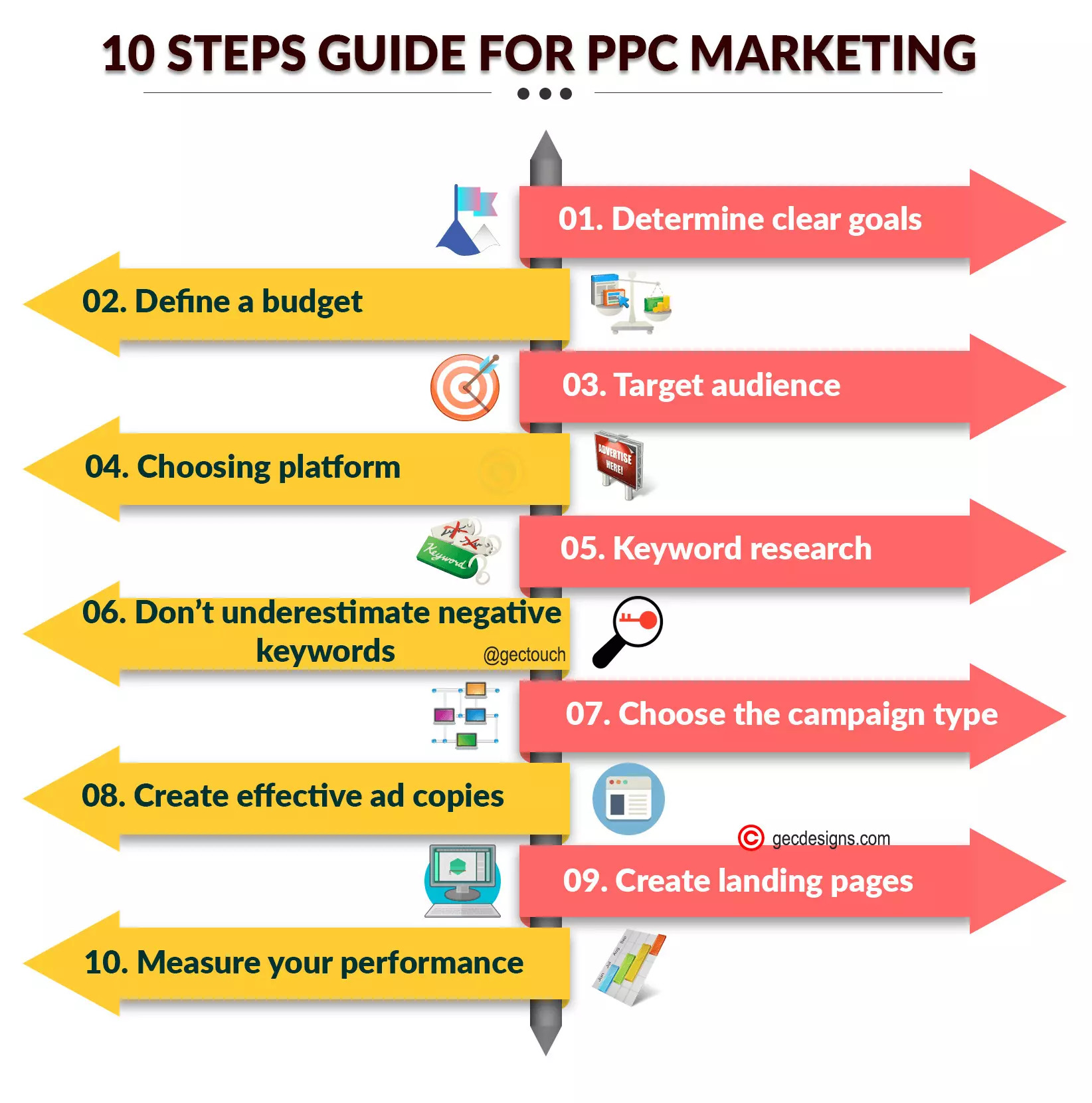Social Media Optimization, https://scysen.com/2023/11/20/how-to-leverage-content-and-ai-powered-tools-in-your-content-writing/.

Prior to delving into the specifics of SEM’s effectiveness, it is essential to understand its fundamental premise. In essence, SEM is a component of digital marketing that involves increasing websites ‘ visibility in search engine result pages, primarily through paid advertisements. It entails things like metric tracking and analysis, campaign development and testing, and targeted and strategic keyword research. ………………………
Two businesses with equal standing in the digital market that had previously used traditional marketing techniques were selected in order to better understand and analyze the scope of our discussion. Both started using SEM services to increase web traffic, but their strategies were different. …………………………………….
The SEM strategy” Pay-Per-Click” ( PPC ), in which the advertiser pays the publisher each time their ad is clicked, was used by Company A. In contrast, Company B aimed to use” Search Engine Optimisation” ( SEO ), which uses free, natural ways to raise a website’s position in search engine result pages. Since the results are much slower than PPC, this strategy is frequently used over a longer period of time. ……………………………………
Over a six-month period, traditional metrics like the number of web visits, session duration, bounce rate, click-through rates, and conversion rate were used to evaluate the effectiveness of the SEM services. It’s interesting to note that both businesses competed in a market segment that was roughly the same size and targeted demographics, providing an analogous test environment. ……………………………………
The comparative study’s initial findings provided an intriguing spectacle. Using PPC, Company A showed an immediate rise in web traffic that far surpassed their initial projections. Evidently, more users were drawn to PPC ads due to their immediate nature and appealing visuals. However, a sizable portion of this traffic was transitory, which increased the bounce rate. ………………………
Company B, on the other hand, used SEO, which is frequently described as the” slow and steady” approach. With only a few minor changes in web traffic, the progress initially seemed sluggish. However, over time, it became clear that their metrics were rising steadily. Their bounce rate showed a decline, proving that site visitors were engaged and relevant. ………………………
The analytical findings also made clear how important it is to consider several factors in addition to just the number of visits. Although Company A may have seen a sharp rise in web traffic, this traffic’s transit times and high bounce rates were the only drawbacks. However, Company B’s strategy attracted less relevant and engaged traffic, which resulted in a conversion rate improvement that was comparatively superior. …………………………………….
It’s true that a wide range of factors can affect how well SEM strategies work. For instance, user engagement and experience can be significantly impacted by site content quality and relevance, mobile friendliness, loading speed, and website design, negating the true impact of SEM services on web traffic. …………………………………….
Additionally, it is important to draw attention to a finding that emphasizes the value of audience comprehension. It was discovered that Company A’s PPC strategy, which mainly appealed to a younger audience that may prefer visual ads, brought in more traffic during the initial stages of the marketing campaign. On the other hand, Company B’s SEO strategy, which appeals to a group of people who value in-depth, rich-content, gradually saw an increase in traffic. ……………………………………





